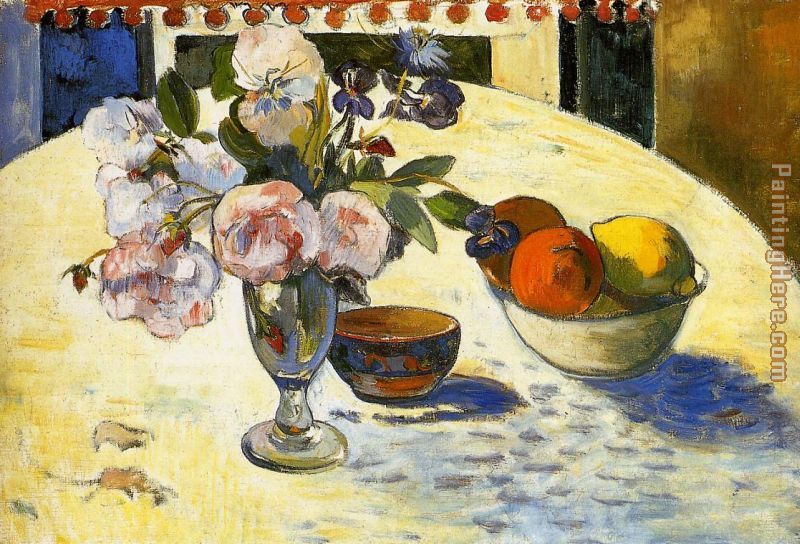
Sitting upon the bench on a gloomy day in the city. The sea of faces and the echoes of chaos are gone for just a moment. The young couple cannot take their eyes off of the bridge- its enormity, its greatness. Looking out at the calm water, they cannot help but be mesmerized by the scene around them. A city known for its noise, its outlandish population, its history. And yet, these two individuals find themselves speechless, unable to carry on a conversation with one another. No dialogue about the striking city that lays in front of them. Not even a slight mention of the weather. The young couple cannot utter a single word to one another. Rather, they are entranced by the amazement that surrounds them. There has never been such a moment where the man and the woman felt so incredibly minuscule in such an overwhelming world. It is here and now, that they realize how small they are compared to the greatness….and how lucky they are have found their peace in each other among the chaos.
*******************************************************
Semiotic Analysis
In the picture above, there are several signifiers; there is a bridge, a bench, a man and a woman, a barren plant, a dog, and pole with traffic signs. All of these signifiers lead to a common signified idea- some sort of city setting where the couple chose to sit down and escape from the chaos. The photo itself is in black and white, suggesting that it captures some sort of moment in the past. There is an absence of both color and chaos that a city would possess. The people, the bench and the light poles are all in a dark shade, while the bridge is some sort of light far off in the distance. This may suggest that the city is somewhat of a dark place, while the bridge or the “distance” is a place of light and happiness. The shading upon each of the images plays an impacting role in the ideas signified. In Sassure’s “Course in General Linguistics” , this idea that an effect upon one signifier impacts the rest of the images is explained. He states: “The move has a repercussion on the whole system; it is impossible for the player to foresee exactly the extent of the effect,” (65). Even though he is referring to a chess piece, this principle applies to a picture of various signifiers. Any changes in these images would result in a change of the photo itself. Even though each image signifies its own individual idea, the images together signify one combined meaning; each signifier works together to achieve a desired meaning.
Works Cited
de Saussure, Ferdinand. "Course in General Linguistics". Ed. Julie Rivkin and Michael Ryan. Literary Theory: an Anthology. Malden, MA: Blackwell Pub., 2004.59-71. Print.

